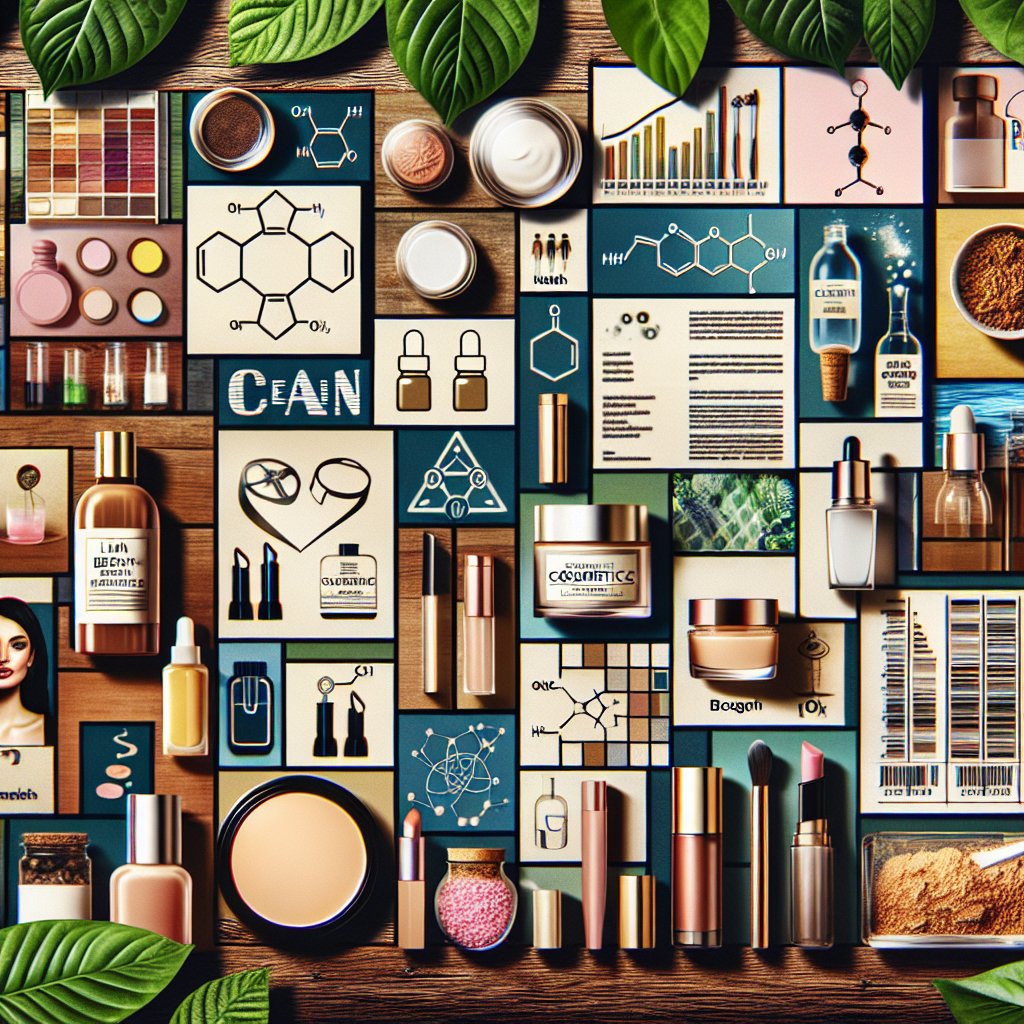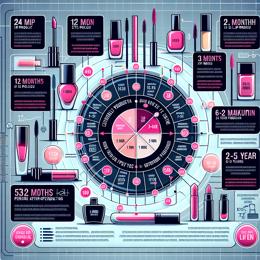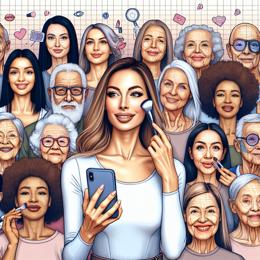Content created by AI
Unmasking ‘Clean Beauty’: Understanding the Hype and Impact on Health
The concept of 'clean beauty' has garnered significant attention in recent years, with an increasing number of consumers demanding cosmetics free from purportedly harmful ingredients. The allure of 'clean beauty' hinges on the promise of safety, transparency, and a 'natural' approach to self-care. As the demand for clean beauty products surges, a deeper scrutiny into its legitimacy, efficacy, and accessibility is essential.
This phenomenon taps into the larger cultural shift towards a 'clean girl' aesthetic, typified by a seemingly effortless, makeup-free appearance that champions natural beauty. Social media and influencers herald this trend, but the pursuit of such an aesthetic can be both labor-intensive and costly, potentially alienating those who lack the financial means.
The ethos of 'clean beauty' often rejects synthetically produced ingredients, suggesting that natural equals safe. However, experts such as Jen Novakovich from The Eco Well challenge this oversimplification. High-profile publications like Cosmopolitan and voices within the scientific community stress that not all natural substances are innocuous—arsenic is natural, after all, yet clearly harmful.
Moreover, dermatologists such as Dr. Tina Alster contest the notion that natural ingredients are inherently superior for skin health, pointing out their potential to cause irritation and allergies. In contrast, certain synthetic ingredients may provide a more stable, less reactive, and even more sustainable alternative.
Organizations like the Environmental Working Group (EWG), known for their Skin Deep Cosmetics Database, face criticism for inciting undue fear about cosmetic ingredients without conclusive scientific evidence. The beauty industry, less strictly regulated than pharmaceuticals, allows for ambiguous marketing around the term 'clean,' which can mislead consumers. With limited regulatory progress since 1938, as highlighted by FDA spokesperson Monique Richards, the responsibility falls on consumers to navigate the cosmetics landscape.
Scientific research has shed light on controversial ingredients such as parabens, suspected of estrogenic activity related to cancer risk, and phthalates, associated with reproductive issues. Likewise, ingredients like oxybenzone in sunscreens raise alarms over irritative and hormone-disruptive potentials. Debates surrounding sulphates and unlisted chemicals in fragrances further complicate the dialogue around product safety.
'Clean beauty,' therefore, is not a panacea but rather a multifaceted concept that requires consumers to approach with discernment. Knowledge is power in the beauty domain, and ingredient transparency is pivotal for making informed decisions. In the current beauty climate, understanding the implications of both natural and synthetic ingredients, as well as recognizing the limitations of 'clean' label claims, are fundamental for safeguarding health.




